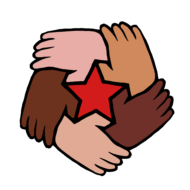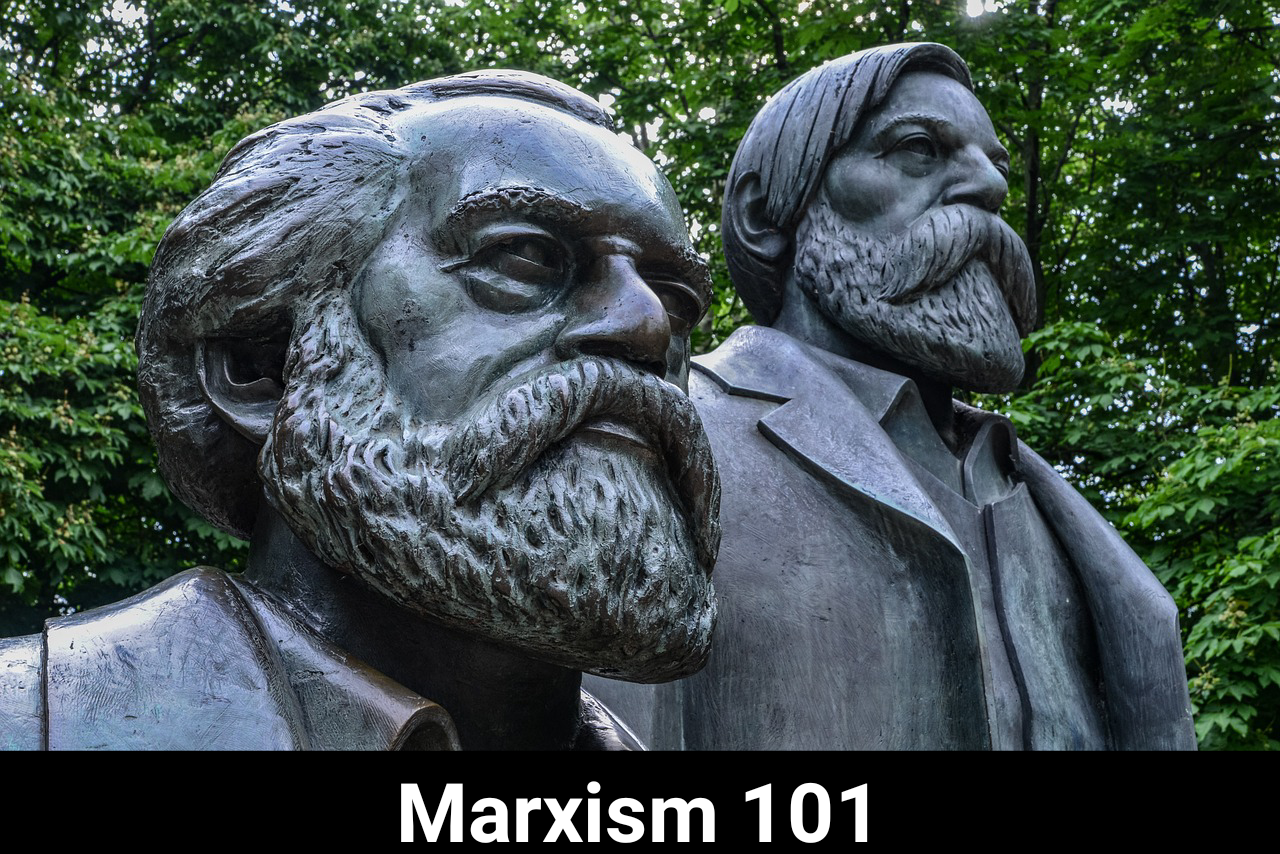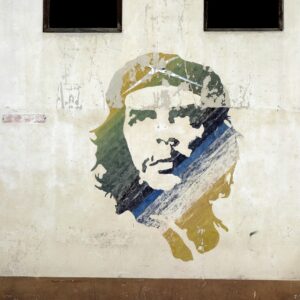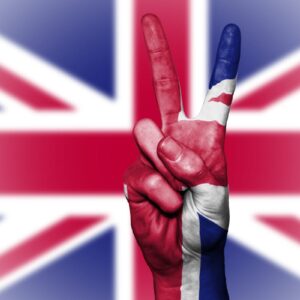In Marxism, a person’s class is defined by their relationship to the Means of Production (the stuff that’s used to make stuff, such as tools, machinery, and raw materials.)
While classes can be broken down into finer categories, it’s common to analyse capitalist societies by looking at its three main classes: the proletariat, the bourgeoisie, and the petit bourgeoisie.
The Proletariat
When people say “working class,” they often mean those who do manual labour. The proletariat is more than the lowest stratas of workers, however, it’s made up of all those who have to sell their labour for a living.
“The proletariat is that class in society which lives entirely from the sale of its labor and does not draw profit from any kind of capital; whose weal and woe, whose life and death, whose sole existence depends on the demand for labor – hence, on the changing state of business, on the vagaries of unbridled competition. The proletariat, or the class of proletarians, is, in a word, the working class of the 19th century.” – The Principles of Communism, by Frederich Engels
“In proportion as the bourgeoisie, i.e., capital, is developed, in the same proportion is the proletariat, the modern working class, developed — a class of labourers, who live only so long as they find work, and who find work only so long as their labour increases capital.” – The Manifesto of the Communist Party by Karl Marx and Frederich Engels
Since they don’t own the capital necessary to make a living selling their own products or services, the proletariat have to sell their ability to work as a commodity in the labour market. They can only sell their labour power when it’s profitable for capital to employ it, though, and that leaves them dependent for their living on the ever changing state of the market.
The Bourgeoisie
Capital is money that’s used to make a profit. Capitalists, aka the bourgeoisie, are that class of people who make their living from owning capital as their private property.
“The essential conditions for the existence and for the sway of the bourgeois class is the formation and augmentation of capital; the condition for capital is wage-labour.” – The Manifesto of the Communist Party by Karl Marx and Frederich Engels
Petit Bourgeoisie or Petty Bourgeoisie
The petit bourgeoisie are the small business owners of the world. They own their own Means of Production, which they use to create products or services to sell. At most, they employ a handful of wage workers.
If you think of tradespeople, craftspeople, and small landowners, the petit bourgeoisie made up a huge part of global economies several centuries ago, but the further capitalism develops industries into huge monopolies, the more small business owners are made bankrupt.
While they can come over to the side of the proletariat, often the petit bourgeoisie see their interests as aligning with those of the capitalist class, and want only to reform the system to make it easier for themselves to compete. You’re likely to hear them arguing for a return to “real capitalism” before “corporate capitalism” or “crony capitalism” took hold. Essentially, they want an endless cycle of breaking up the monopolies that naturally form under capitalism, so that they personally have a chance to compete.
“The lower strata of the middle class — the small tradespeople, shopkeepers, and retired tradesmen generally, the handicraftsmen and peasants — all these sink gradually into the proletariat, partly because their diminutive capital does not suffice for the scale on which Modern Industry is carried on, and is swamped in the competition with the large capitalists, partly because their specialised skill is rendered worthless by new methods of production. Thus the proletariat is recruited from all classes of the population.” – The Manifesto of the Communist Party by Karl Marx and Frederich Engels
Return to: Marxism 101 Course





